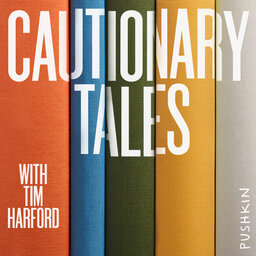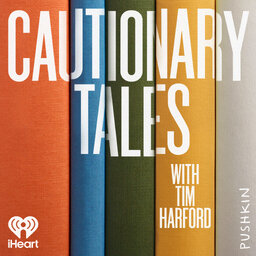A Tsunami of Misery
A monstrous wave and then a nuclear disaster forced Mikio and Hamako Watanabe from their home. But being saved from the potential dangers of a radiation leak destroyed their lives in a different way. Why do we overlook the fact that taking action against an urgent danger can also cause longer term ills?
WARNING: This episode discusses death by suicide. If you are suffering emotional distress or having suicidal thoughts, support is available - for example, from the National Suicide Prevention Lifeline.
Read more about Tim's work at http://timharford.com/
Tim's latest books 'Fifty Inventions That Shaped The Modern Economy' and 'The Next Fifty Things That Made The Modern Economy' are available now.
Learn more about your ad-choices at https://www.iheartpodcastnetwork.com
 Cautionary Tales with Tim Harford
Cautionary Tales with Tim Harford


